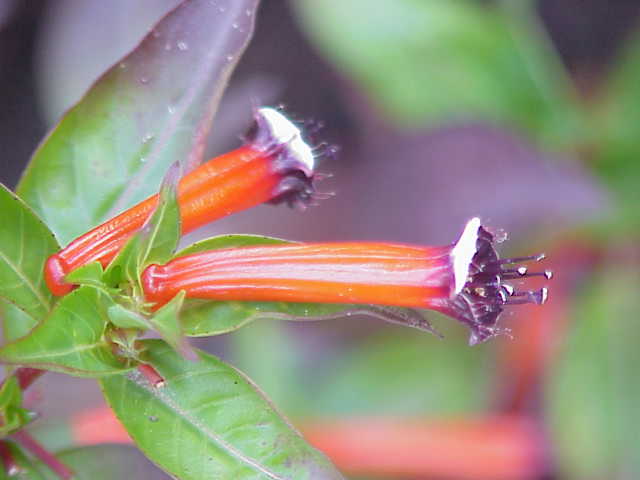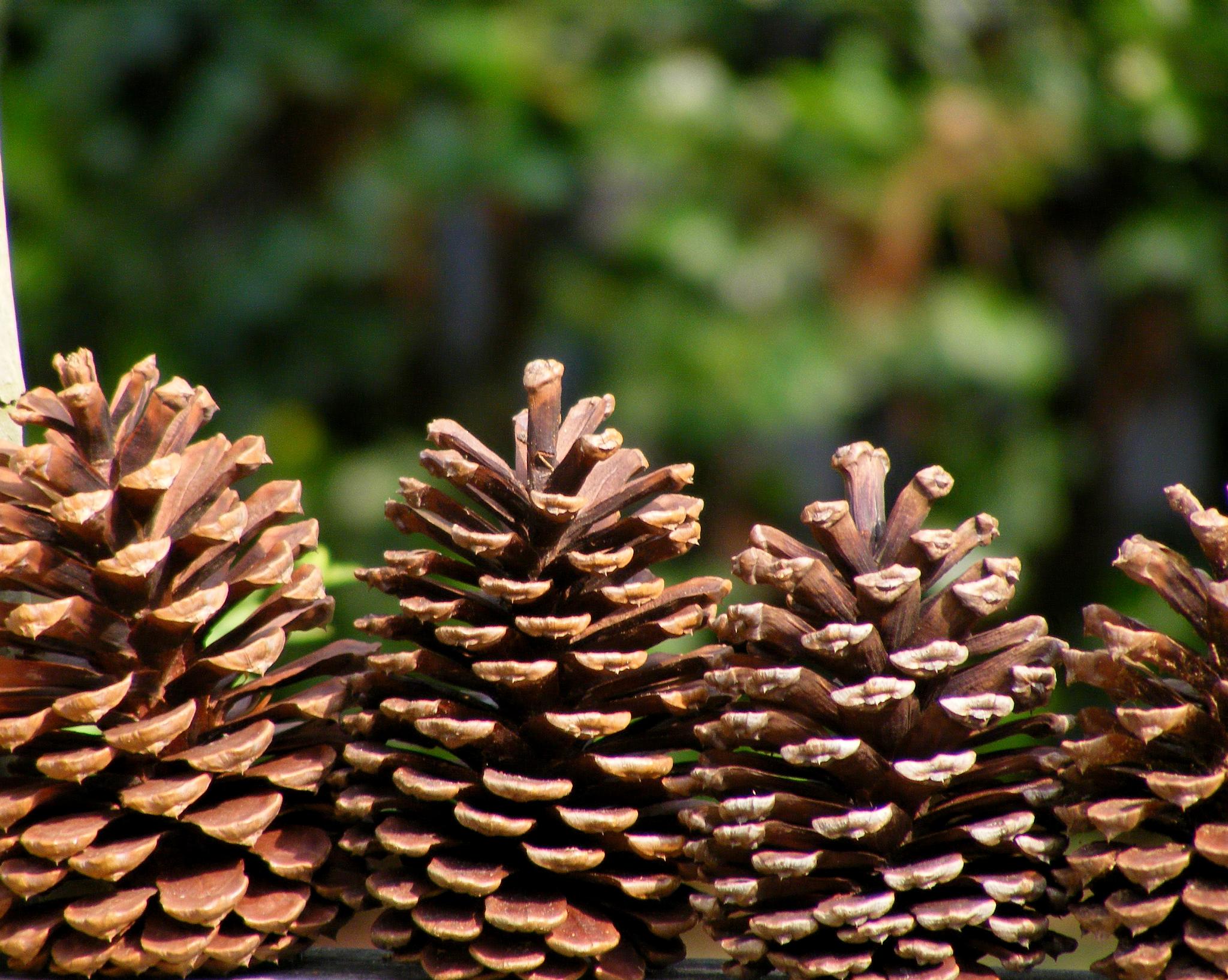|
Cuphea Aspera
''Cuphea aspera'' is a species of flowering plant in the loosestrife family known by the common names tropical waxweed and Chapman's waxweed. It is endemic to Florida in the United States, where it is limited to Gulf and Franklin Counties on the central Florida Panhandle. It has likely been extirpated from Calhoun County.''Cuphea aspera''. The Nature Conservancy. This perennial herb grows up to about 40 centimeters tall from a woody, branching rootstock. The stems are coated in white hairs and purplish glandular hairs. The oppositely arranged or whorled leaves are each up to 2.5 centimeters long. The opposite or whorled flowers have lavender or pink petals and reddish |
Alvan Wentworth Chapman
Alvan Wentworth Chapman (September 28, 1809 – April 6, 1899) was an American physician and pioneering botanist in the study of flora of the American Southeast.Makers of American Botany, Harry Baker Humphrey, Ronald Press Company, Library of Congress Card Number 61-18435 He wrote ''Flora of the Southern United States'', the first comprehensive description of US plants in any region beyond the northeastern states. Education He was born in Southampton, Massachusetts, the youngest of five children. In 1830, he graduated from Amherst College with a degree in classics. He moved to Georgia and then Florida where he held various teaching positions, and married Mary Ann Hancock in 1839. In the early 1840s, he received a medical education, acquiring his MD in 1846. In 1847, he settled in Apalachicola, Florida, remaining there for the rest of his life working as a physician and botanist, collaborating with Asa Gray. Botanical works His botanical interest seems to have started when he liv ... [...More Info...] [...Related Items...] OR: [Wikipedia] [Google] [Baidu] |
Introduced Species
An introduced species, alien species, exotic species, adventive species, immigrant species, foreign species, non-indigenous species, or non-native species is a species living outside its native distributional range, but which has arrived there by human activity, directly or indirectly, and either deliberately or accidentally. Non-native species can have various effects on the local ecosystem. Introduced species that become established and spread beyond the place of introduction are considered naturalized. The process of human-caused introduction is distinguished from biological colonization, in which species spread to new areas through "natural" (non-human) means such as storms and rafting. The Latin expression neobiota captures the characteristic that these species are ''new'' biota to their environment in terms of established biological network (e.g. food web) relationships. Neobiota can further be divided into neozoa (also: neozoons, sing. neozoon, i.e. animals) and neophyt ... [...More Info...] [...Related Items...] OR: [Wikipedia] [Google] [Baidu] |
Cuphea
''Cuphea'' is a genus containing about 260 species of annual and perennial flowering plants native to warm temperate to tropical regions of the Americas. The species range from low-growing herbaceous plants to semi-woody shrubs up to tall. Commonly they are known as cupheas, or, in the case of some species, as cigar plants. The generic name is derived from the Greek word κυφος (''kyphos''), meaning "bent," "curved," or "humped." Uses Several ''Cuphea'' species are popular ornamental plants or honey plants. '' C. ignea'' 'David Verity' and '' C. micropetalia'' are popular plants to attract hummingbirds. Some species of ''Cuphea'' are used to produce cuphea oil, of interest as sources of medium-chain triglycerides. For most purposes, cuphea oil is identical to coconut oil and palm oil; these are derived from strictly tropical plants however and – particularly in the latter case – the expanding production of which has caused a considerable amount of habitat dest ... [...More Info...] [...Related Items...] OR: [Wikipedia] [Google] [Baidu] |
Herbicide
Herbicides (, ), also commonly known as weedkillers, are substances used to control undesired plants, also known as weeds.EPA. February 201Pesticides Industry. Sales and Usage 2006 and 2007: Market Estimates. Summary in press releasMain page for EPA reports on pesticide use ihere Selective herbicides control specific weed species, while leaving the desired crop relatively unharmed, while non-selective herbicides (sometimes called total weedkillers in commercial products) can be used to clear waste ground, industrial and construction sites, railways and railway embankments as they kill all plant material with which they come into contact. Apart from selective/non-selective, other important distinctions include ''persistence'' (also known as ''residual action'': how long the product stays in place and remains active), ''means of uptake'' (whether it is absorbed by above-ground foliage only, through the roots, or by other means), and ''mechanism of action'' (how it works). Historica ... [...More Info...] [...Related Items...] OR: [Wikipedia] [Google] [Baidu] |
Wildfire Suppression
Wildfire suppression is a range of firefighting tactics used to suppress wildfires. Firefighting efforts in wild land areas require different techniques, equipment, and training from the more familiar structure fire fighting found in populated areas. Working in conjunction with specially designed aerial firefighting aircraft, these wildfire-trained crews suppress flames, construct fire lines, and extinguish flames and areas of heat to protect resources and natural wilderness. Wildfire suppression also addresses the issues of the wildland–urban interface, where populated areas border with wild land areas. In the United States and other countries, aggressive wildfire suppression aimed at minimizing fire has contributed to accumulation of fuel loads, increasing the risk of large, catastrophic fires. History Australia Wildland fire, known in Australia as bush fire, has played a major role in Australia due to arid conditions. Notable fire services tasked with wildfire suppres ... [...More Info...] [...Related Items...] OR: [Wikipedia] [Google] [Baidu] |
Slash Pine
''Pinus elliottii'', commonly known as slash pine,Family, P. P. (1990). Pinus elliottii Engelm. slash pine. ''Silvics of North America: Conifers'', (654), 338. is a conifer tree native to the Southeastern United States. Slash pine is named after the "slashes" – swampy ground overgrown with trees and bushes – that constitute its habitat. Other common names include swamp pine, yellow slash pine, and southern Florida pine. Slash pine has two different varieties: ''P. e.'' var. ''elliottii'' and ''P. e.'' var. ''densa''. Historically, slash pine has been an important economic timber for naval stores, turpentine, and resin. The wood of slash pine is known for its unusually high strength, especially for a pine. It exceeds many hardwoods and is even comparable to very dense woods such as ironwood. Description and taxonomy This tree is fast-growing, but not very long-lived by pine standards (to 200 years). It reaches heights of with a trunk diameter of . The leaves are needle-like ... [...More Info...] [...Related Items...] OR: [Wikipedia] [Google] [Baidu] |
Silviculture
Silviculture is the practice of controlling the growth, composition/structure, and quality of forests to meet values and needs, specifically timber production. The name comes from the Latin ('forest') and ('growing'). The study of forests and woods is termed ''silvology''. Silviculture also focuses on making sure that the treatment(s) of forest stands are used to conserve and improve their productivity. Generally, silviculture is the science and art of growing and cultivating forest crops, based on a knowledge of silvics (the study of the life-history and general characteristics of forest trees and stands, with particular reference to local/regional factors). The focus of silviculture is the control, establishment and management of forest stands. The distinction between forestry and silviculture is that silviculture is applied at the stand-level, while forestry is a broader concept. Adaptive management is common in silviculture, while forestry can include natural/conserved land ... [...More Info...] [...Related Items...] OR: [Wikipedia] [Google] [Baidu] |
Fire Regime
A fire regime is the pattern, frequency, and intensity of the bushfires and wildfires that prevail in an area over long periods of time. It is an integral part of fire ecology, and renewal for certain types of ecosystems. A fire regime describes the spatial and temporal patterns and ecosystem impacts of fire on the landscape, and provides an integrative approach to identifying the impacts of fire at an ecosystem or landscape level.Morgan, Penelope; Hardy; Swetnam; Rollins; Long (1999)"Mapping fire regimes across time and space: Understanding coarse and fine-scale fire patterns"(PDF). ''International Journal of Wildland Fire''. 10: 329–342 – via Google Scholar. If fires are too frequent, plants may be killed before they have matured, or before they have set sufficient seed to ensure population recovery. If fires are too infrequent, plants may mature, senesce, and die without ever releasing their seed. Fire regimes can change with the spatial and temporal variations in topography, ... [...More Info...] [...Related Items...] OR: [Wikipedia] [Google] [Baidu] |
Prairie
Prairies are ecosystems considered part of the temperate grasslands, savannas, and shrublands biome by ecologists, based on similar temperate climates, moderate rainfall, and a composition of grasses, herbs, and shrubs, rather than trees, as the dominant vegetation type. Temperate grassland regions include the Pampas of Argentina, Brazil and Uruguay, and the steppe of Ukraine, Russia and Kazakhstan. Lands typically referred to as "prairie" tend to be in North America. The term encompasses the area referred to as the Geography of North America, Interior Lowlands of Canada, the United States, and Mexico, which includes all of the Great Plains as well as the wetter, hillier land to the east. In the U.S., the area is constituted by most or all of the states of North Dakota, South Dakota, Nebraska, Kansas, and Oklahoma, and sizable parts of the states of Montana, Wyoming, Colorado, New Mexico, Texas, Missouri, Iowa, Illinois, Indiana, Wisconsin, and western and southern Minnesota. The ... [...More Info...] [...Related Items...] OR: [Wikipedia] [Google] [Baidu] |
Cuphea Carthagenensis
''Cuphea'' is a genus containing about 260 species of annual and perennial flowering plants native to warm temperate to tropical regions of the Americas. The species range from low-growing herbaceous plants to semi-woody shrubs up to tall. Commonly they are known as cupheas, or, in the case of some species, as cigar plants. The generic name is derived from the Greek word κυφος (''kyphos''), meaning "bent," "curved," or "humped." Uses Several ''Cuphea'' species are popular ornamental plants or honey plants. '' C. ignea'' 'David Verity' and '' C. micropetalia'' are popular plants to attract hummingbirds. Some species of ''Cuphea'' are used to produce cuphea oil, of interest as sources of medium-chain triglycerides. For most purposes, cuphea oil is identical to coconut oil and palm oil; these are derived from strictly tropical plants however and – particularly in the latter case – the expanding production of which has caused a considerable amount of habitat ... [...More Info...] [...Related Items...] OR: [Wikipedia] [Google] [Baidu] |
Sepal
A sepal () is a part of the flower of angiosperms (flowering plants). Usually green, sepals typically function as protection for the flower in bud, and often as support for the petals when in bloom., p. 106 The term ''sepalum'' was coined by Noël Martin Joseph de Necker in 1790, and derived . Collectively the sepals are called the calyx (plural calyces), the outermost whorl of parts that form a flower. The word ''calyx'' was adopted from the Latin ,Jackson, Benjamin, Daydon; A Glossary of Botanic Terms with their Derivation and Accent; Published by Gerald Duckworth & Co. London, 4th ed 1928 not to be confused with 'cup, goblet'. ''Calyx'' is derived from Greek 'bud, calyx, husk, wrapping' ( Sanskrit 'bud'), while is derived from Greek 'cup, goblet', and the words have been used interchangeably in botanical Latin. After flowering, most plants have no more use for the calyx which withers or becomes vestigial. Some plants retain a thorny calyx, either dried or live, as ... [...More Info...] [...Related Items...] OR: [Wikipedia] [Google] [Baidu] |
Lythraceae
Lythraceae is a family of flowering plants, including 32 genera, with about 620 species of herbs, shrubs, and trees. The larger genera include ''Cuphea'' (275 spp.), ''Lagerstroemia'' (56), ''Nesaea'' (50), ''Rotala'' (45), and ''Lythrum'' (35). It also includes the pomegranate (''Punica granatum'', formerly in Punicaceae) and the water caltrop (''Trapa natans'', formerly in Trapaceae). Lythraceae has a worldwide distribution, with most species in the tropics, but ranging into temperate climate regions as well. The family is named after the type genus, ''Lythrum'', the loosestrifes (e.g. ''Lythrum salicaria'' purple loosestrife) and also includes henna (''Lawsonia inermis''). It now includes the pomegranate, formerly classed in a separate family Punicaceae. The family also includes the widely cultivated crape myrtle trees. Botanically, the leaves are usually in pairs (opposite), and the flower petals emerge from the rim of the calyx tube. The petals often appear crumpled. Ch ... [...More Info...] [...Related Items...] OR: [Wikipedia] [Google] [Baidu] |






